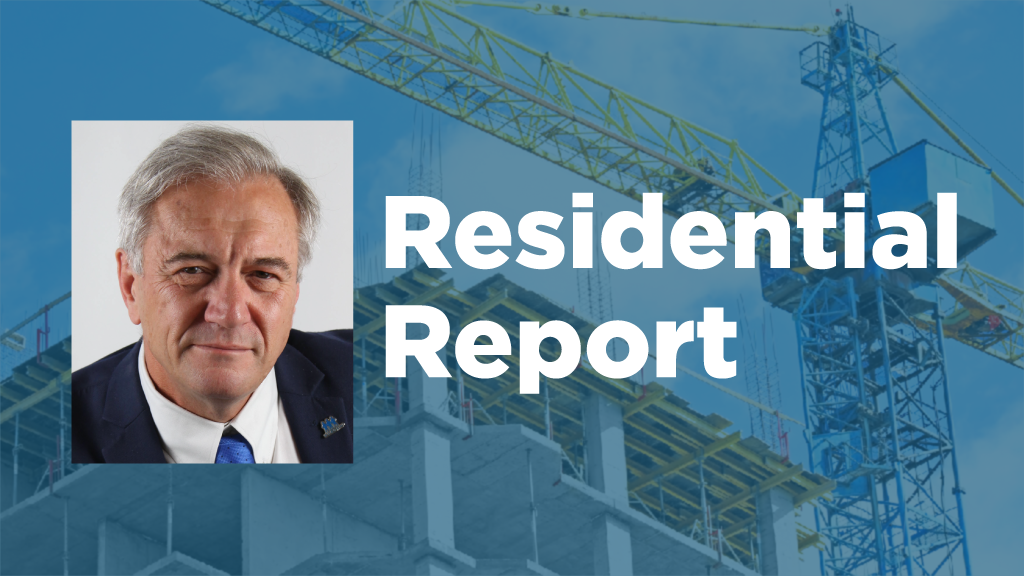We are in the throes of a generational housing supply crisis that shows no signs of abating.
At the very same time, the residential construction industry is enduring a perfect storm of troubles in the form of interest rate increases, inflation, labour and supply chain issues and a relatively flat economy.
While residential developers and builders have taken significant strides forward in creating greener, more sustainable buildings and cut down on carbon emissions, they are also facing increasing pressure to electrify new homes and pull out all the stops to reach unrealistic GHG emissions targets.
It’s a tall order.
In the midst of all this, it makes relatively little sense to bring in more restrictions that will only add to the cost of residential construction and slow production. Yet, that is exactly what is happening.
Some municipalities and regions are rolling out their own unique new green development standards, giving builders little time to adapt, which impedes development and adds to the cost of housing.
I’m not saying we should stop what we’re doing and proceed with business as usual, but we must keep an open mind and take a more strategic and pragmatic approach to the problem. We must be realistic about what can be achieved. Imposing unworkable constraints will only lead to slowdowns.
The rush to electrify new homes, for one, is illogical as it is very likely we simply won’t have the power. With aging nuclear plants, we may have to resort to natural gas to generate enough electricity.
Production contracts have been extended to at least 2040 with six natural gas power plants due to the fact we are facing an energy crunch caused by the impending closure of the reactors at the Pickering Nuclear Generating Station in 2026. The facility provides 14 per cent of the province’s electricity.
Adding to the problem, a refurbishment project is under way at Darlington Nuclear Generating Station and three of four reactors are offline and won’t be completed until 2026. Bruce Power, which produces 30 per cent of Ontario’s electricity, is also slated for refurbishment in the coming decades.
An investigation by The Toronto Star found that Ontario’s 12 biggest gas plants, which were supposed to operate only during peak electricity demand, are, in fact, already operating 12 or more hours per day.
To complicate matters even more, national and provincial building codes and municipal green standards are working towards implementing zero-emission or net-zero energy-ready homes by 2030. Cities like Toronto, Vancouver and Montreal have signed on to cut their share of emissions in half by then. Concurrently, Canada is targeting a decarbonized grid by 2035, and Ontario’s Independent Electricity System Operator is working towards a 2050 timeline to decarbonize the grid. The varied targets make little sense and are causing confusing amongst builders and the public.
Also, under the federal government’s Emissions Reduction Plan, residential buildings will be required to use 61 per cent less energy by 2025 and 65 per cent less by 2030, in comparison to 2019. But, according to a report prepared by Ross McKitrick, a professor of economics at the University of Guelph, the measures will increase home construction costs by an average of about 8.3 per cent by 2030, potentially adding an estimated $70,000 to the cost of a new home in Ontario.
Confusing, isn’t it? Imagine if you were a developer or builder trying to figure it all out.
To achieve housing affordability in Ontario, CMHC figures that, if current immigration trends continue, we will need an additional four million housing units to be built beyond the business-as-usual scenario by 2030 — up from the earlier projection of 3.5 million — due to the growing population. Disturbingly, Canadian housing starts edged down one per cent in August compared to July.
Mike Moffatt, an economist and senior director of policy and innovation at the Smart Prosperity Institute, indicated at a housing summit hosted by RESCON that Ontario needs to build 170,000 homes a year over the next decade, but without substantial reforms will likely see 100,000 or less built a year.
Marlon Bray, senior director of cost consulting at Altus Group, told the summit that there is no use nibbling at the edges as we are in immediate need of big plans and reforms. He stressed the need for quick action as 65 per cent of new housing construction is high-rise, which takes years to build.
��������ion industry stakeholders are leaders in green building in North America and statistics show we are beginning to make progress.
While the move to building green is important, the focus should also be on the network of existing buildings. Meantime, it is equally critical for the spotlight to be shone on the importance of rectifying systemic issues that slow down production of new homes and condos.
Municipal planning approvals are often a lengthy and inefficient process. Studies have documented the magnitude of the problem and the cost and time implications of delays. Unfortunately, very little progress has been made over the past 30-plus years to address the issue and improve the approvals process. We appear to be doing the same thing and hoping for different results.
It is also time for that to change.
Richard Lyall is president of the Residential ��������ion Council of Ontario. He has represented the building industry in Ontario since 1991. Contact him at media@rescon.com.







Recent Comments
comments for this post are closed